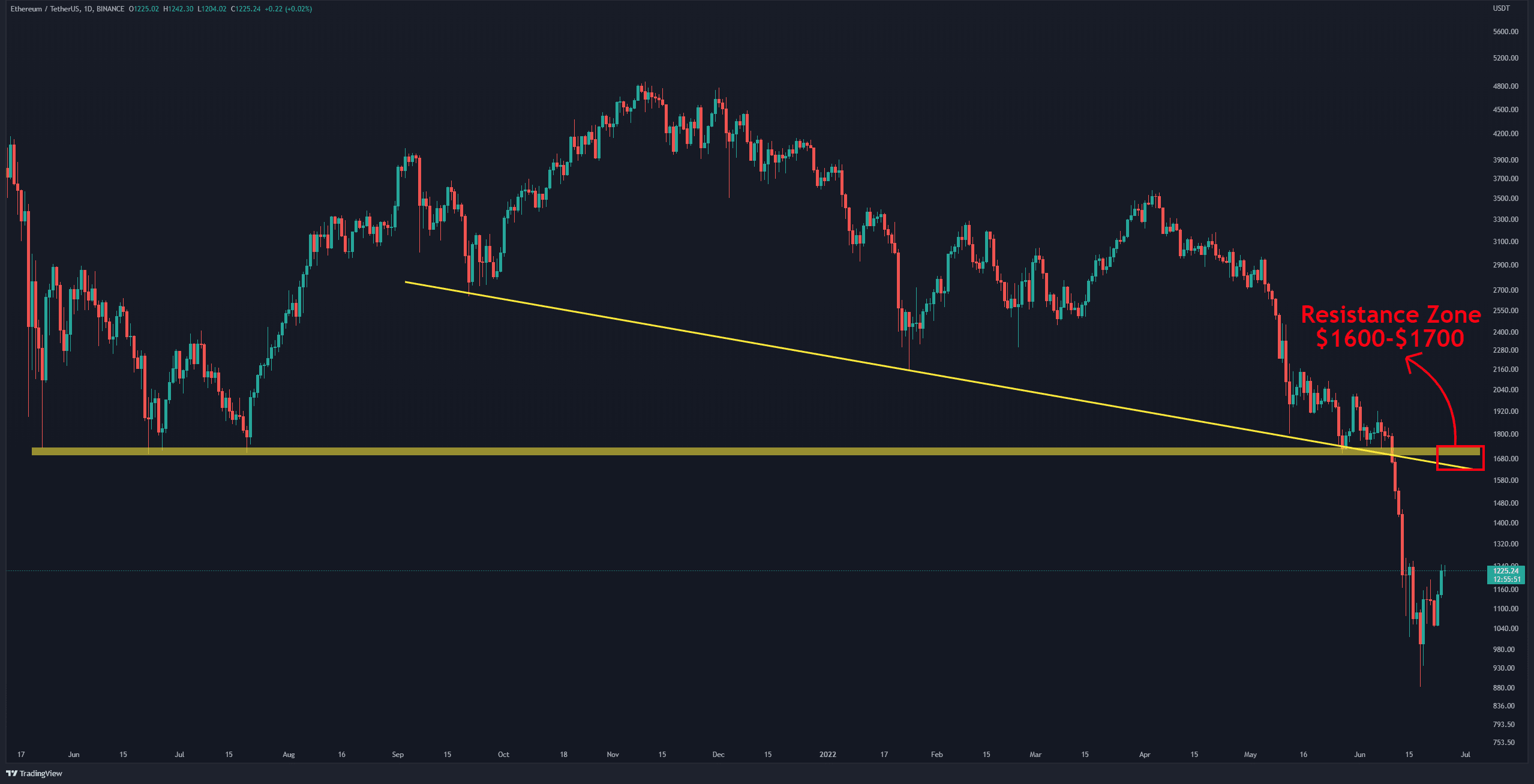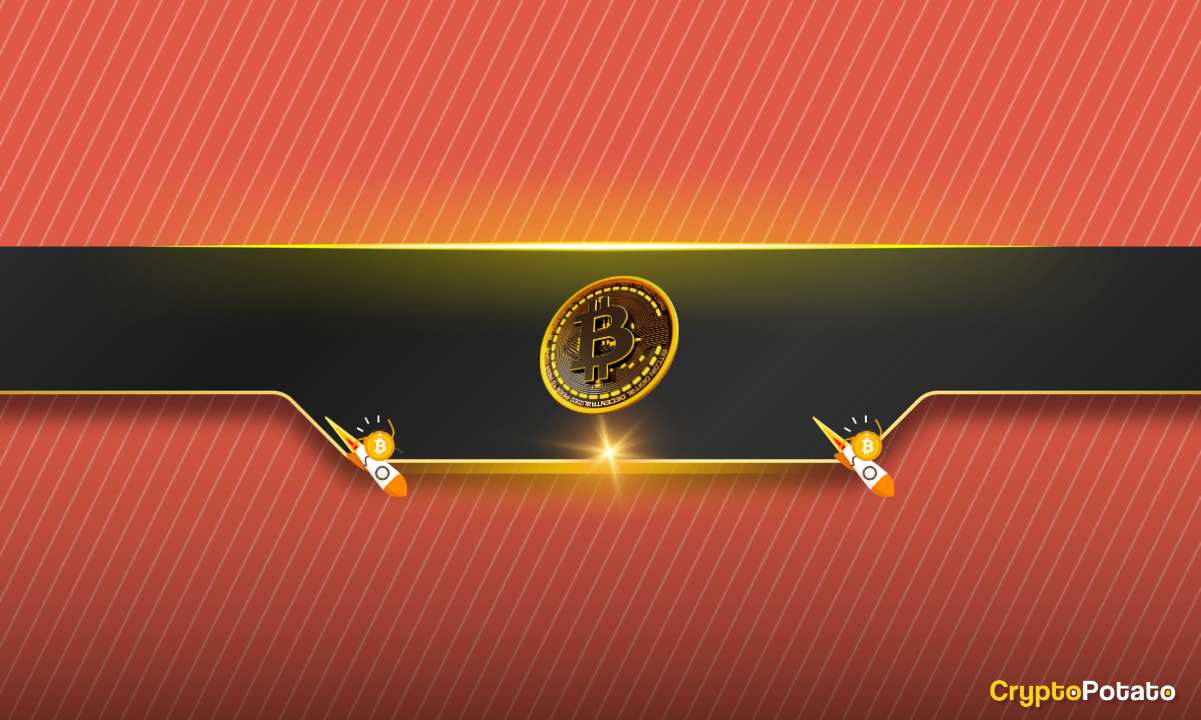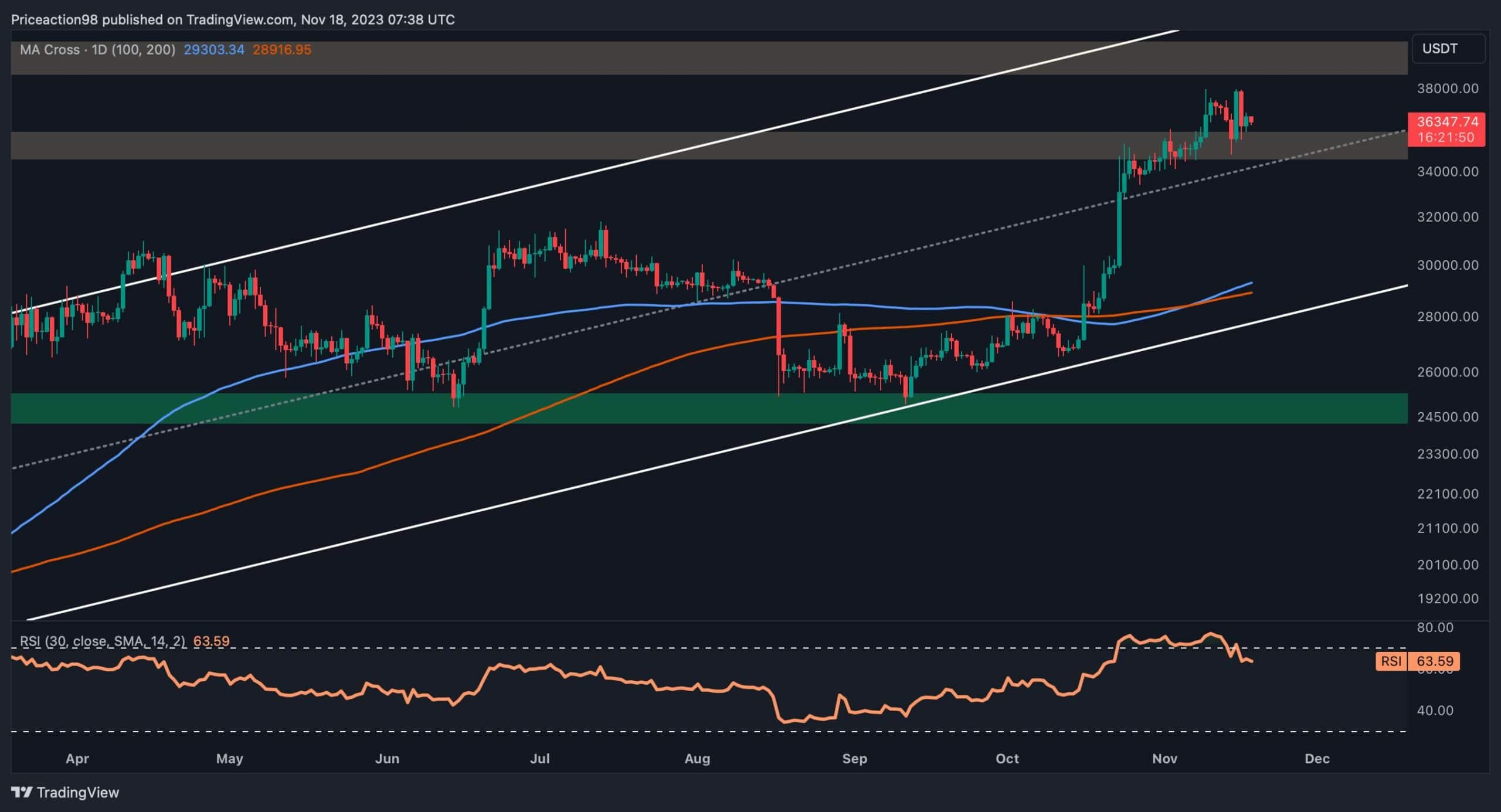Ethereum Tops 500,000 Validators as Staking Withdrawal Deadline Approaches
Ethereum now has over 500,000 validators keeping the network secure ahead of its highly anticipated Shanghai upgrade, scheduled for March.
The upgrade will allow such validators to withdraw their ETH from Ethereum’s staking contract – some of which has been locked up for years.
Ethereum’s Surge in Validators
According to data from BeaconScan, Ethereum’s validator count topped 500,000 as of January 12 2023. It registered at 501,893 as of Monday.
A “validator” is a user within a proof of stake network that helps validate transactions and incoming blocks, while occasionally proposing new blocks. To become a validator, users must stake at least 32 ETH as an initial investment – worth roughly $50,000 at writing time.
Ethereum’s validator count has consistently grown since the rollout of Ethereum’s beacon chain in December 2020. However, those validators have been prevented from withdrawing their stake until now, for security purposes.
Despite many delays, the beacon chain was finally merged with Ethereum’s execution layer in September 2022, changing the network’s consensus mechanism from proof of work to proof of stake. Ethereum developers have since promised to prioritize enabling withdrawals, with the function expected to reach its public testnet in February and to roll out on the mainnet in March.
Under its former proof of work mechanism, Ethereum was secured through computational energy consumed by “miners” who completed complex math equations in order to construct Ethereum’s blocks. Miners that successfully mined blocks were rewarded with new ETH.
Under proof of stake, miners are rendered obsolete in favor of validators, which get to create and attest to the validity of blocks in return for an ETH reward. The more ETH that a validator chooses to lock up, the more likely they are to be selected by the network to create a block – thus earning more rewards.
Liquid Staking
Theoretically, staking one’s ETH allows one to effectively earn a yield on their holdings at no cost – except for the opportunity cost of where that ETH could otherwise be deployed.
However, liquid staking options provided by staking services like Lido and RocketPool allow stakers to receive stETH or rETH in return for their staked assets. Backed by the assets that have been locked away, each of these tokens can be freely traded as ETH equivalents, giving holders the benefits of staking without sacrificing liquidity.
Last week, ConsenSys announced that MetaMask had partnered with Lido and Rocketpool to let users stake with each service and receive stETH and rETH directly within the wallet app.
Exchanges like Binance, Coinbase, and Kraken also offer staking services and provide their own ETH equivalent tokens in return to customers (ex. BETH on Binance). Such services let smaller ETH holders bypass the 32 ETH barrier required for independent staking, in return for a small fee collected by the provider.
Some fear that centralized stakers may gain too much control over Ethereum’s consensus over time, and could potentially conspire to compromise the integrity of the network. Coinbase CEO Brian Armstrong has claimed that if his exchange were asked by regulators to do anything nefarious, his company would likely close down its staking service.
The post Ethereum Tops 500,000 Validators as Staking Withdrawal Deadline Approaches appeared first on CryptoPotato.









